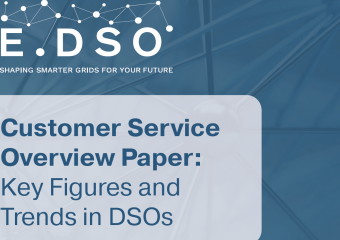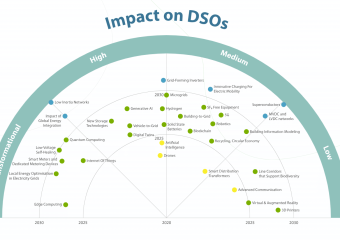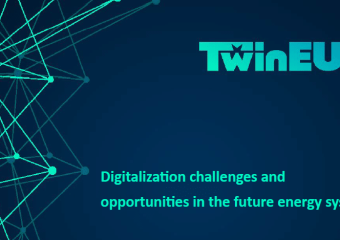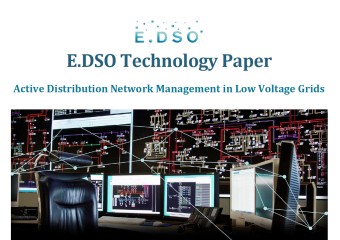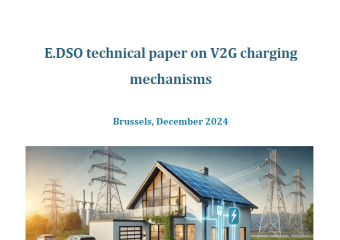An accelerating pace of innovation led by key technology advancements is laying the foundation for the digital transformation of the energy sector. Driving this change requires significant and inexorable trends to re-define the distribution grid.
The promise of digital transformation is massive and E.DSO members believe that a timely implementation of the energy transition requires a far-reaching digitalisation of the energy sector, from system controls to the upper network levels.
There are however many grids and grid owners, and many new resources providing flexibility services, but there is only one integrated system, composed of other interconnected systems. Working jointly with other market players on data sharing to accommodate good overall observability and fast correct and automated responses is a must. In the future, a long-scale grid model (e.g., digital twins) might be required to jointly be developed algorithms who intervene on the system level.
With the above in mind, E.DSO issued a White Paper, supported by DSOs expert and several representatives from the energy industry, addressing the digitalisation the energy sector as ‘must-have’ in the fight to reduce emissions more broadly.
The paper focuses on five pillars:
- Digital transformation and data spaces,
- Grid observability and DSOs’ flexibility needs in the future,
- Data standards as essential for true interoperability,
- The grid edge and the relation to the smart metering system,
- Investments in digitalisation of the grid.
The White Paper identifies multiple actions for DSOs to adopt and suggests the conception of a roadmap on the metering value chain.
Please download the document to read the full content.


